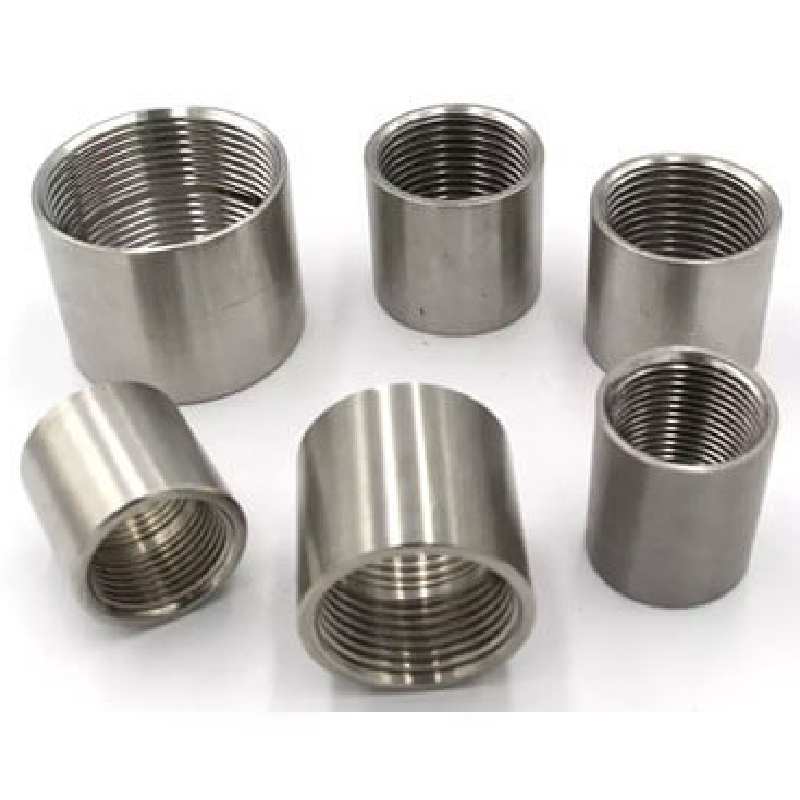-
Cangzhou Yulong Steel Co., Ltd.
-
Phone:
+86 13303177267 -
Email:
admin@ylsteelfittings.com
- English
- Arabic
- Italian
- Spanish
- Portuguese
- German
- kazakh
- Persian
- Greek
- French
- Russian
- Polish
- Thai
- Indonesian
- Vietnamese
- Zulu
- Korean
- Uzbek
- Hindi
- Serbian
- Malay
- Ukrainian
- Gujarati
- Haitian Creole
- hausa
- hawaiian
- Hebrew
- Miao
- Hungarian
- Icelandic
- igbo
- irish
- Japanese
- Javanese
- Kannada
- Khmer
- Rwandese
- Afrikaans
- Albanian
- Amharic
- Armenian
- Azerbaijani
- Basque
- Belarusian
- Bengali
- Bosnian
- Bulgarian
- Catalan
- Cebuano
- China
- China (Taiwan)
- Corsican
- Croatian
- Czech
- Danish
- Esperanto
- Estonian
- Finnish
- Frisian
- Galician
- Georgian
- Kurdish
- Kyrgyz
- Lao
- Latin
- Latvian
- Lithuanian
- Luxembourgish
- Macedonian
- Malgashi
- Malayalam
- Maltese
- Maori
- Marathi
- Mongolian
- Myanmar
- Nepali
- Norwegian
- Norwegian
- Occitan
- Pashto
- Dutch
- Punjabi
- Romanian
- Samoan
- Scottish Gaelic
- Sesotho
- Shona
- Sindhi
- Sinhala
- Slovak
- Slovenian
- Somali
- Sundanese
- Swahili
- Swedish
- Tagalog
- Tajik
- Tamil
- Tatar
- Telugu
- Turkish
- Turkmen
- Urdu
- Uighur
- Welsh
- Bantu
- Yiddish
- Yoruba

Nov . 27, 2024 11:53 Back to list
Understanding ANSI Class 300 Flanges and Their Applications in Various Industries
Understanding ANSI Class 300 Flanges An Essential Component in Industrial Applications
Flanges are critical components in piping systems, serving as the interface between different sections of pipe, valves, or equipment. In industrial applications, ANSI (American National Standards Institute) flanges are among the most widely used types due to their standardization and compatibility. Among these, the ANSI Class 300 flange stands out for its robust design and high-pressure handling capabilities, making it suitable for a variety of demanding environments.
ANSI Class 300 flanges are designed to operate at a maximum pressure of 300 pounds per square inch (psi) at a temperature of 100°F. As the temperature increases, the pressure rating decreases, thus it is vital to consider the working conditions when selecting flanges for a project. They are typically made from materials such as carbon steel, alloy steel, stainless steel, and other alloy materials, ensuring durability and resistance to both corrosion and extreme temperatures.
The design of a Class 300 flange features a raised face, which provides a better seal when bolted to another flange. This configuration enhances the reliability of the joint and minimizes the risk of leaks, making it an ideal choice for hazardous materials and steam applications. The nominal pipe size for ANSI Class 300 flanges generally ranges from ½ inch to 24 inches, allowing for versatility across various piping diameters.
2. Applications
The use of ANSI Class 300 flanges is prevalent in various industries, including oil and gas, chemical processing, power generation, and water treatment. These flanges are often found in high-pressure systems, such as steam lines, where safety and performance are paramount. Their ability to withstand high pressure and temperature makes them suitable for critical service conditions.
ansi class 300 flange

In the oil and gas industry, for instance, ANSI Class 300 flanges are commonly employed in pipeline systems that transport high-pressure fluids. Having a reliable sealing mechanism is crucial in these applications to prevent leaks that could lead to environmental hazards or operational inefficiencies. Similarly, in chemical processing, these flanges are used in reactors and pipelines where maintaining the integrity of the system under pressure is essential.
3. Installation and Maintenance
Like all flanges, proper installation of ANSI Class 300 flanges is crucial to ensure optimal performance. Flanges should be aligned, and a proper gasket should be used to create an effective seal. Bolting must be done according to the manufacturer’s specifications, often requiring a specific torque pattern to equalize pressure evenly across the assembly.
Regular maintenance is also vital. Inspections should be conducted periodically to check for signs of wear, corrosion, or loosening of bolts. Any abnormalities should be addressed promptly to maintain system integrity and avoid costly downtime.
4. Conclusion
ANSI Class 300 flanges serve as a backbone in high-pressure piping systems across multiple industries. Their robust design, high-pressure rating, and versatility make them indispensable for ensuring safety and efficiency in challenging environments. Understanding the specifications, applications, and proper maintenance of these flanges is essential for engineers and technicians who work in sectors that depend on reliable piping systems. As industries continue to advance, the importance of durable and efficient components like the ANSI Class 300 flange will only grow, underscoring its value in modern industrial applications.
Latest news
-
ANSI 150P SS304 SO FLANGE
NewsFeb.14,2025
-
ASTM A333GR6 STEEL PIPE
NewsJan.20,2025
-
ANSI B16.5 WELDING NECK FLANGE
NewsJan.15,2026
-
ANSI B16.5 SLIP-ON FLANGE
NewsApr.19,2024
-
SABS 1123 FLANGE
NewsJan.15,2025
-
DIN86044 PLATE FLANGE
NewsApr.19,2024
-
DIN2527 BLIND FLANGE
NewsApr.12,2024
-
JIS B2311 Butt-Welding Fittings LR/SR 45°/90° /180°Seamless/Weld
NewsApr.23,2024











